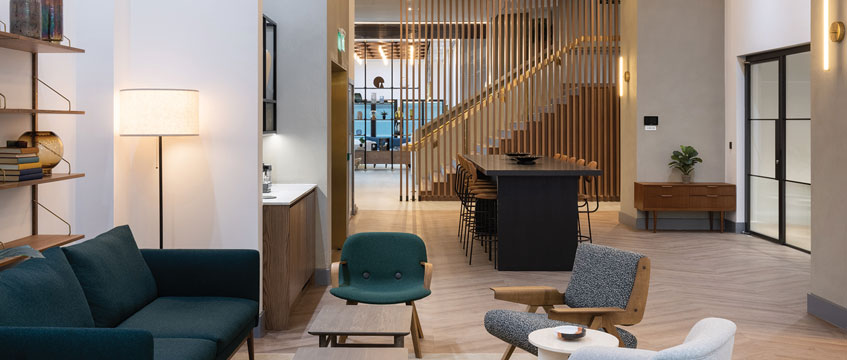Contract – Repudiation – Damages – Dispute arising between parties to building contract – Claimant claiming net sum due on final account – Defendant counter-claiming for damages – Claimant seeking to raise preliminary issues – Defendants seeking to call two expert architects – Whether case suitable for preliminary issues – Whether second expert necessary – Applications dismissed
The defendants engaged the claimant to restore and refurbish the Spa Building in Bath. The third party (NGP) was the architect. Problems arose on site, particularly in connection with the painting in the pool and waterproofing. In April 2005, the defendants purported to accept the claimant’s wrongful repudiation of the contract. The circumstances in which that happened and the validity of that alleged acceptance were contested.
The claimant brought proceedings, claiming £2.382m as the net sum due on its final account. The defendants challenged the claim and counter-claimed for damages of around £20m, allegedly arising out of delay and the carrying out of remedial works in respect of the painting in the pool and the waterproofing.
The claimant defended the counterclaim, contending that the painting and waterproofing problems had been caused by inadequate specification and design. This led to the defendants issuing third-party proceedings against NGP.
The trial of all matters was due to be heard in January 2010. However, at a case-management conference, the claimant identified various matters that it required to be dealt with by way of preliminary issue. The defendants resisted that application. They sought permission to call a second expert architect, their current expert having formed a clear view that the problems on site were principally, if not exclusively, matters of workmanship. The third-party claim against NGP was a secondary case, piggybacking on the claimant’s allegations as to the inadequacies of the specification and design. Thus, it would be difficult for the current expert to give evidence that encompassed both design and workmanship.
Held: The applications were dismissed.
To order the proposed preliminary issues would not accord with the Civil Procedure Rules and the proper exercise of the court’s case-management functions. Although every case had to be looked at on its own facts, significant disputes concerning repudiation were not obvious candidates for resolution by way of preliminary issue since they were so dependent upon the facts and the judge’s impression of the individuals who took the critical decisions.
A court should always think twice before ordering preliminary issues in a substantial case where the defendant was opposed to that way of proceeding; it was always preferable for preliminary issues to be ordered by consent. Moreover, it was almost impossible for a court to decide contested repudiation issues without hearing oral evidence from those who had been involved at the time.
Preliminary issues should usually be questions of law, decided against a schedule of agreed or assumed facts, that would be decisive or potentially decisive of the case as a whole. It would sometimes be appropriate to deal with matters by way of preliminary issue, even if more extensive oral evidence were required and even if the issue would not necessarily determine the outcome of the case. However, it was necessary to ensure that the ordering of preliminary issues did not become a treacherous shortcut: Tilling v Whiteman [1979] 1 EGLR 108; (1979) 250 EG 51 and McLoughlin v Grovers [2001] EWCA Civ 1743; [2002] 2 WLR 1279 considered.
The defendants’ application to call a second architect expert would be dismissed. In essence, the defendants difficulties in respect of the expert evidence were inherent in the case they were running, no matter how many expert architects they called. Their principal case was workmanship and, if that were proved right, their claim against NGP might be irrelevant. However, the defendants had also chosen to pursue a positive case against NGP. The onus was therefore on them to prove that case in the usual way. It was entirely appropriate for such a case to be established for reference to the expert architect who had advised the defendants on those matters over a considerable period of time.
Michael Soole QC and Fionnuala McCredie (instructed by Reynolds Porter Chamberlain) appeared for the claimant; David Friedman QC and Rachel Ansell (instructed by Taylor Wessing) appeared for the defendant; Richard Coplin (instructed by CMS Cameron McKenna) appeared for the third party.
Eileen O’Grady, barrister






